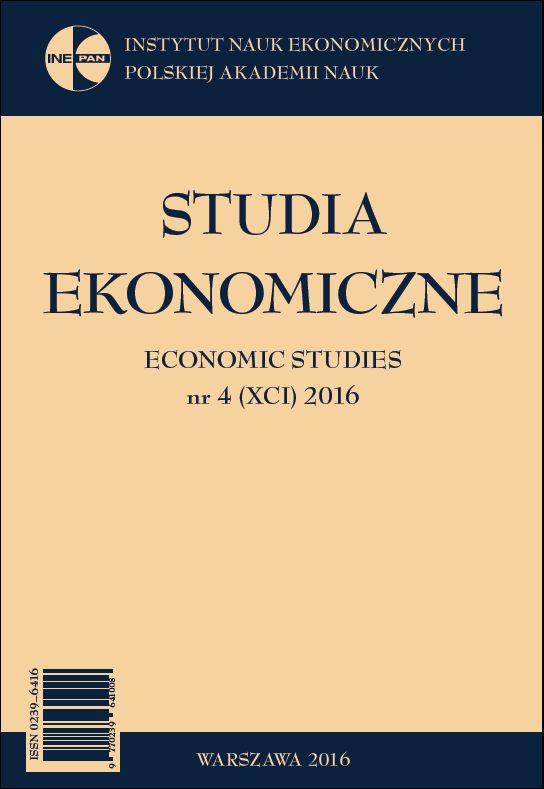Two factor copula model in health measurement
Two factor copula model in health measurement
Author(s): Martyna Kobus, Olga PółchłopekSubject(s): National Economy, Financial Markets, Socio-Economic Research
Published by: Instytut Nauk Ekonomicznych Polskiej Akademii Nauk
Keywords: multiple health indicators; interdependence; factor copulas
Summary/Abstract: Researchers emphasize the need to include broad information on health in health analyses (Conti et al. 2010, Heckman et al. 2011). This is mostly because single health indicators are not efficient in describing a person’s health, and detailed information on health is increasingly available via e.g. ageing surveys. This, however, calls for a joint analysis of health indicators, taking into account the dependencies between various health variables. It is not self-evident how one should model such a multidimensional distribution, and in our previous paper (Kobus and Półchłopek, 2016) we offer a method for ordinal health data that models them in a flexible and computationally efficient way, the so-called factor copula models (Nikoloulopoulos and Joe 2015). Here we continue research in this area. We use 2-factor models to estimate 24-dimensional health distribution and show that they provide a highly accurate description of health data and perform better than standard analyses based on multivariate normal distribution. We find that a 2-factor model which is a combination of the t(5)+t(4) copulas gives the highest likelihood. Based on this, we identify two major factors which govern the 24 health variable distributions and based on the estimated copula parameters we give them interpretation. Factor one relates to the general mood and attitude in life, whereas factor two describes physical health.
Journal: Studia Ekonomiczne
- Issue Year: 2017
- Issue No: 1
- Page Range: 84-112
- Page Count: 29
- Language: English

